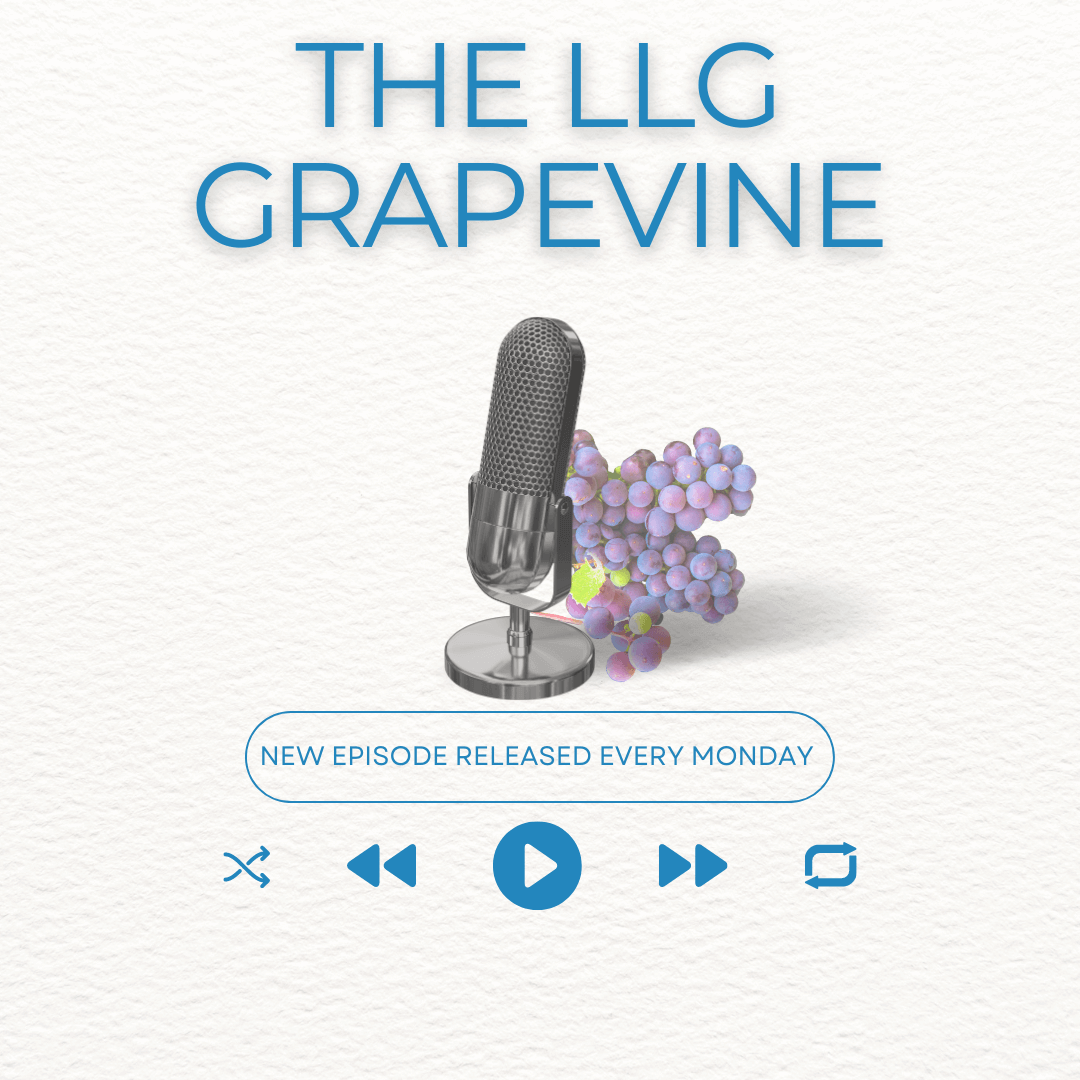



Recent pitfalls in public consultation & how to avoid them
The need to consult often arises in the context of local government work, and the need to ensure that consultation is lawful can strike fear into the hearts of even the most robust lawyers. In this blog Capsticks’ Peter Edwards and Anita Rao bring together three pitfalls exemplified in recent cases, with suggestions on how to avoid them.
Launching consultation by accident
The Gunning principles, set out in a case of the same name ((1985) 84 LGR 168), are the touchstone of any consultation exercise. This year, the Court of Appeal has confirmed in Everleigh [2023] EWCA Civ 810 that whether a given exercise amounts to a ‘consultation’ – and therefore whether Gunning applies – will depend on: whether there is a sufficiently crystallised ‘proposal’, to make a specific decision; the proposal is likely to have a direct impact on a person or group; and it is also at a sufficiently formative stage that the views of consultees may influence it.
The Court confirmed that there was no magic in the word ‘consultation’ and that general policy commitments (where it is not easy to see the direct impact on a particular person or group or which are not set out in sufficient detail to permit intelligent responses) do not meet the above criteria.
By contrast, just because the public engagement is not called a ‘consultation’ will not mean that Gunning does not apply – as was the case in Dawson [2021] EWHC 928 (Admin). Careful planning of any quasi-consultative exercise is therefore key.
The decision making bake-off: the right ingredients at the right time
It is well established that Tameside [1977] AC 1014 requires decision-makers to take reasonable steps to familiarise themselves with relevant information, and proactively obtain information if necessary for their decision.
The High Court in R (Police and Crime Commissioner for the West Midlands) -v- Secretary of State for the Home Department [2024] EWHC 604 (Admin) helpfully affirmed that this is not “an obligation of perfection”. However, where a statute provides for specific information to be obtained; the decision-maker has committed themselves to take a specific matter into account, or where the facts require it, particular care should be taken to ensure the decision maker has all the ‘relevant information’ available to them at the time of their decision. As this also reflects the fourth Gunning principle, it is a crucial point to keep in mind.
Not all are equal: complying with the PSED at each stage
Failure to comply with the PSED (the Public Sector Equality Duty) when conducting a consultation because of insufficient analysis of local populations/demographics is a common challenge to consultation exercises. Giving proactive thought to the information one needs to address these points, whether statistical data, investigations, or otherwise, will be essential to show that a meaningful analysis has taken place. However, this is only one element of the challenge – while a public body’s function of undertaking consultation is subject to the PSED, so too is the final decision on the proposal. The key to resisting such challenges is, therefore, to evidence compliance with the PSED both during the consultation process and in the subsequent decision-making process.
Conclusions
Public consultations, and the decisions that flow from them, are often in the crosshairs of legal challenge. Many of those challenges can be resisted by adopting the common-sense approach exemplified by Gunning, but practitioners need also take account of the expanding body of case law on the subject.
For more information please contact:
Peter Edwards, Partner
Anita Rao, Principal Associate & Barrister


Podcast

VLOG